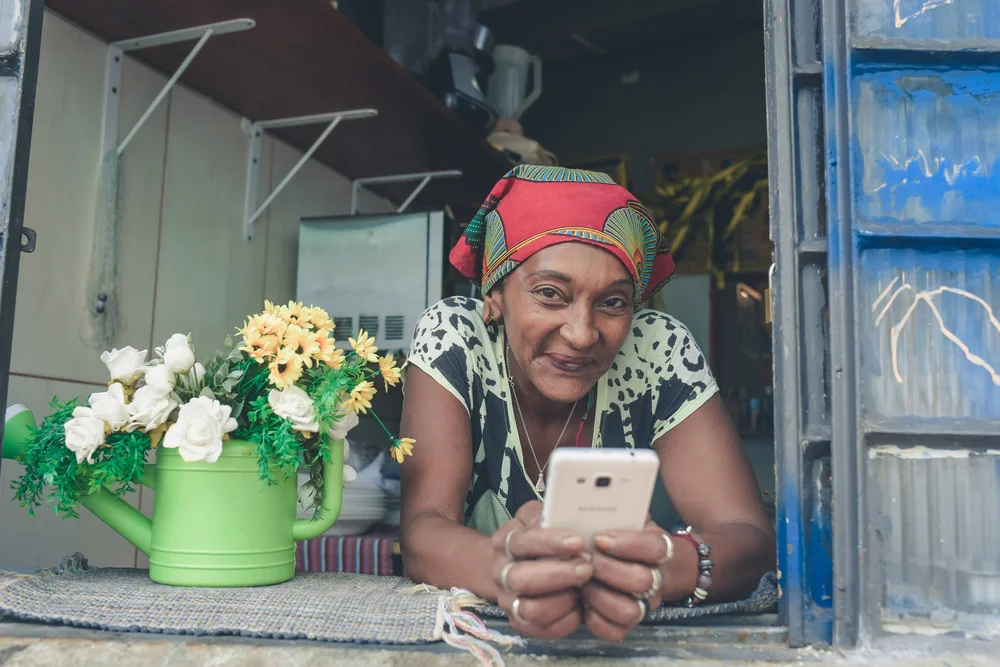An anthology of insights, for a more inclusive internet
We’re releasing a print and digital volume that brings together our insights from seven years of building a more inclusive internet
Official Blog
The latest about Google's new products and features for our next billion users.
